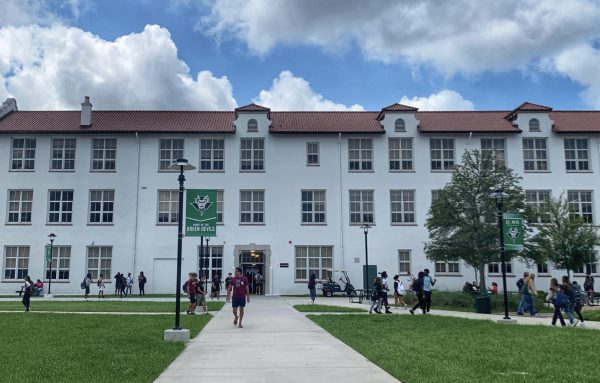The Labor Shortage
America is facing a national labor shortage that not only affects the workers, but everyone buying, selling, working for a corporation, and even those contributing to a publicly owned institution. The current-day workplace is outdated and incompatible with the average worker’s evolving schedule, and ever since the pandemic moved over 15.9 million workers online, 51% of workers have reported being more productive, 97% would prefer to continue working virtually at least part-time, and researchers believe there will be a 5% productivity increase compared to pre-COVID statistics. On top of that, the pandemic engendered over 47 million workers to quit their jobs, many of whom quitting due to poor working conditions or to find a healthier work-home balance.
This decrease in labor efforts — especially in-person efforts — has not only created a national labor shortage, but also warranted many workers to demand better working conditions, such as higher pay, the four-day workweek, and longer parental leave. Though demanding these conditions are vital for the preservation of the working class, corporations are refusing to meet these demands, creating an everlasting rut of jobless Americans and workerless corporations.
So, how are workers who used to live paycheck to paycheck getting by with no income? During COVID, the Trump and Biden Administrations gave out stimulus checks to compensate for things such as loss of employment and childcare; these stimulus checks were crucial to many people suffering economic hardships, but they also lead many workers to not return to work; why return to work to get paid less than you would by just staying at home? For many families once the cost of childcare, groceries, and housing is factored out, their jobs provide less for them than their stimulus checks and by staying at home, childcare is covered. The obvious solution may seem to be the discontinuation of stimulus checks as a way to encourage Americans to come back to work, however this would harm many people as, mentioned before, their funding is essential for so many.
The long-term effects of this labor shortage may be detrimental to the economy as it could incite a recession, increase inflation, halt GDP growth — Real Growth Domestic Product — and hinder the development of blue-collar dominated fields. The best route for employers to take would objectively be to appeal to the workers; offer a livable wage, consider the worker’s opinion on virtual VS. in-person, and extend paid time off.










